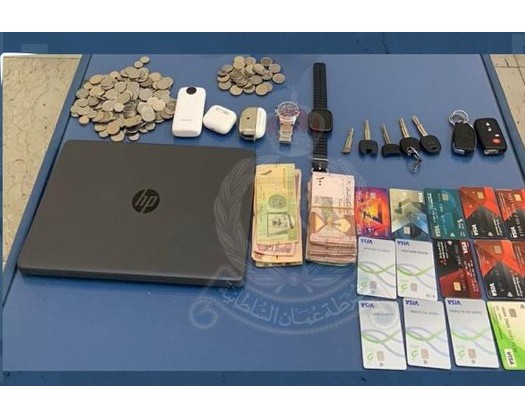Muscat: The Indian rupee experienced its most significant decline in two years on Monday, reaching a historic low of 86.59 against the US dollar.
Currency exchange centers quoted a rate of 224.05 for one Omani rial.
In an interview with Times of Oman, financial expert R. Madhusoodanan, based in Muscat, explained that several factors contributed to this sharp decline, including the strengthening of the US dollar, a notable increase in crude oil prices, elevated foreign exchange outflows, and rising US Treasury yields.
The Dollar Index (DXY) has risen to approximately 109.50. Strong US employment data, signals of fewer interest rate cuts from the US Federal Reserve, and concerns regarding potential shifts in US trade policies have all contributed to the dollar's strength, adversely affecting Emerging Market (EM) currencies, he noted.
Madhusoodanan pointed out that the rupee's drop on Monday was more pronounced compared to other Asian currencies, emphasizing that India's import-dependent economy suffers from the depreciation of the rupee.
"India incurs significant expenses on imports of crude oil, electronics, and gold. A weaker rupee exacerbates the trade and Current Account Deficit (CAD)," he stated.
He also mentioned that the Reserve Bank of India (RBI) has historically intervened in the foreign exchange market to mitigate the rupee's decline and curb volatility.
The rupee has faced pressure in recent months due to both domestic and international factors. Domestic issues include sluggish growth rates and substantial outflows from stock markets, while external factors encompass the strengthening dollar index, ongoing geopolitical tensions, and Donald Trump's threats of increased tariffs, he added.
The advantage of this situation is that NRIs and Indian exporters benefit from receiving greater value for their earnings.
The Indian Rupee (INR) has been on a downward trend for several months, characterized by significant volatility. As of September 2024, the Reserve Bank of India (RBI) maintained a robust Forex Reserve of $704 billion. However, by January 3, 2025, this reserve had decreased to $634.58 billion, primarily due to the RBI's interventions in the Forex market aimed at stabilizing the rupee's decline.
Looking ahead, the RBI may adopt a more hands-off approach, allowing the INR to fluctuate in accordance with market demand and supply dynamics, resulting in fewer interventions. This strategy could exert short-term pressure on the rupee.
It is noteworthy that in 2024, the INR depreciated by 2.8%, while the Japanese Yen fell by 10.30%, the Euro by 6.2%, and the Australian Dollar by 9.20%.
Consequently, it may be more prudent to allow market forces to dictate INR valuations rather than relying on frequent interventions by the Central Bank to maintain specific levels.
The positive outlook for the USD, ongoing geopolitical tensions, and the tepid response to the de-dollarization efforts by BRICS and other blocs are likely to place additional pressure on emerging market currencies in 2025.
As a result, the rupee may experience further declines in the short term, potentially surpassing the 88 mark, according to financial experts.
Key indicators to watch include GDP growth, a review of last year's reductions in the Basic Customs Duty (BCD) on gold and electronic goods, and announcements in the upcoming Union Budget.








